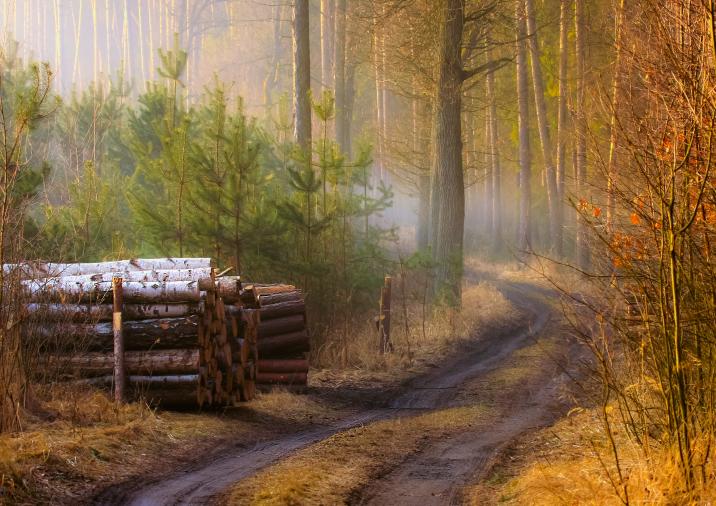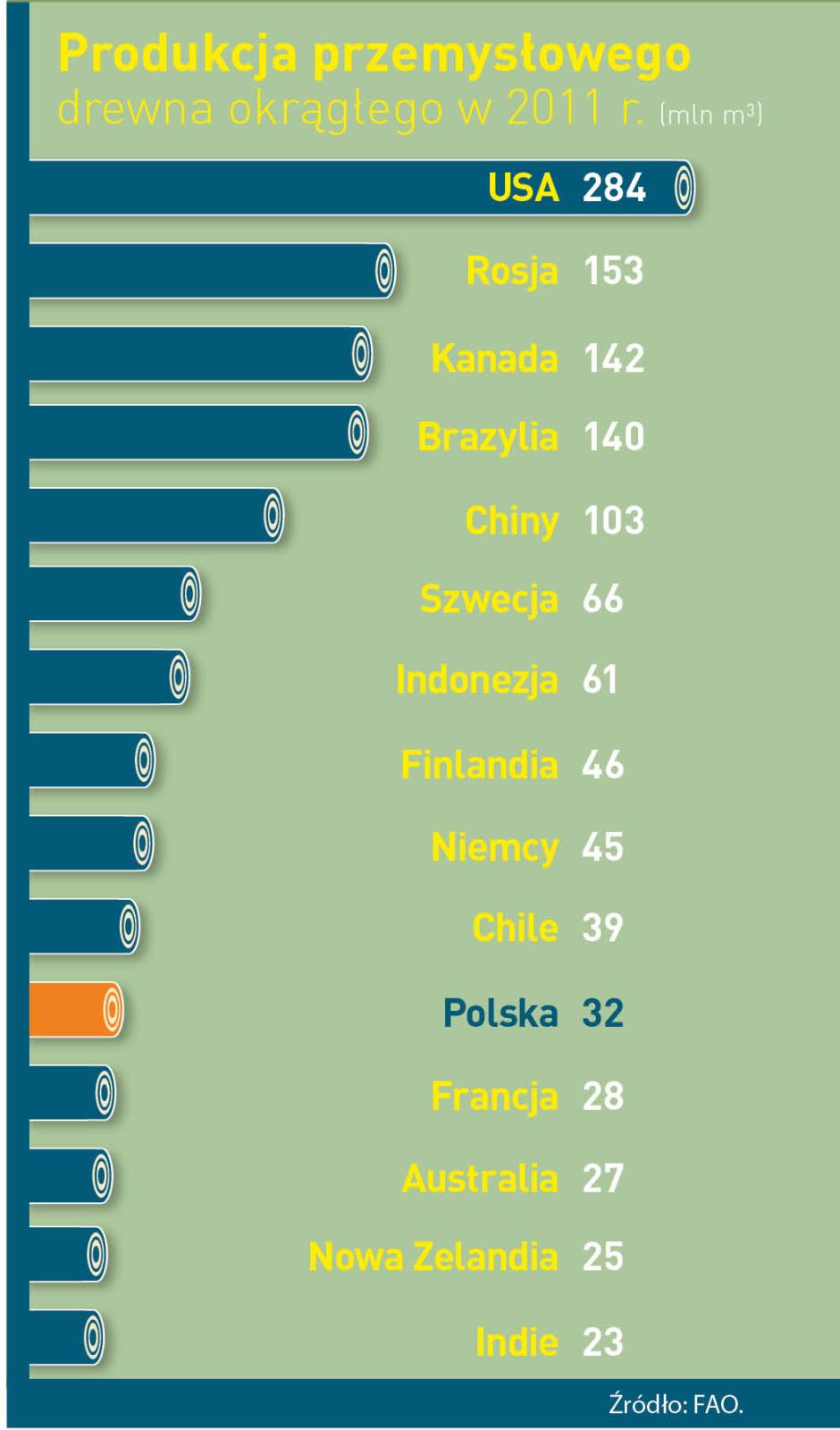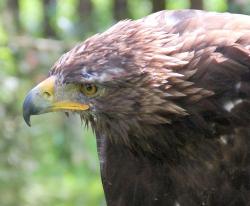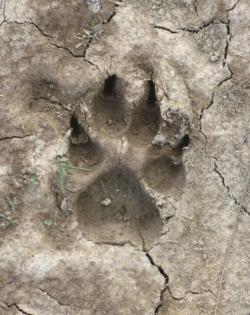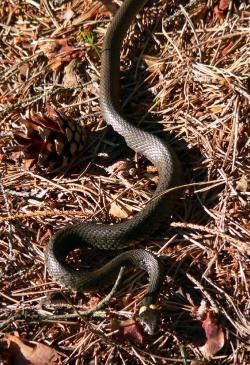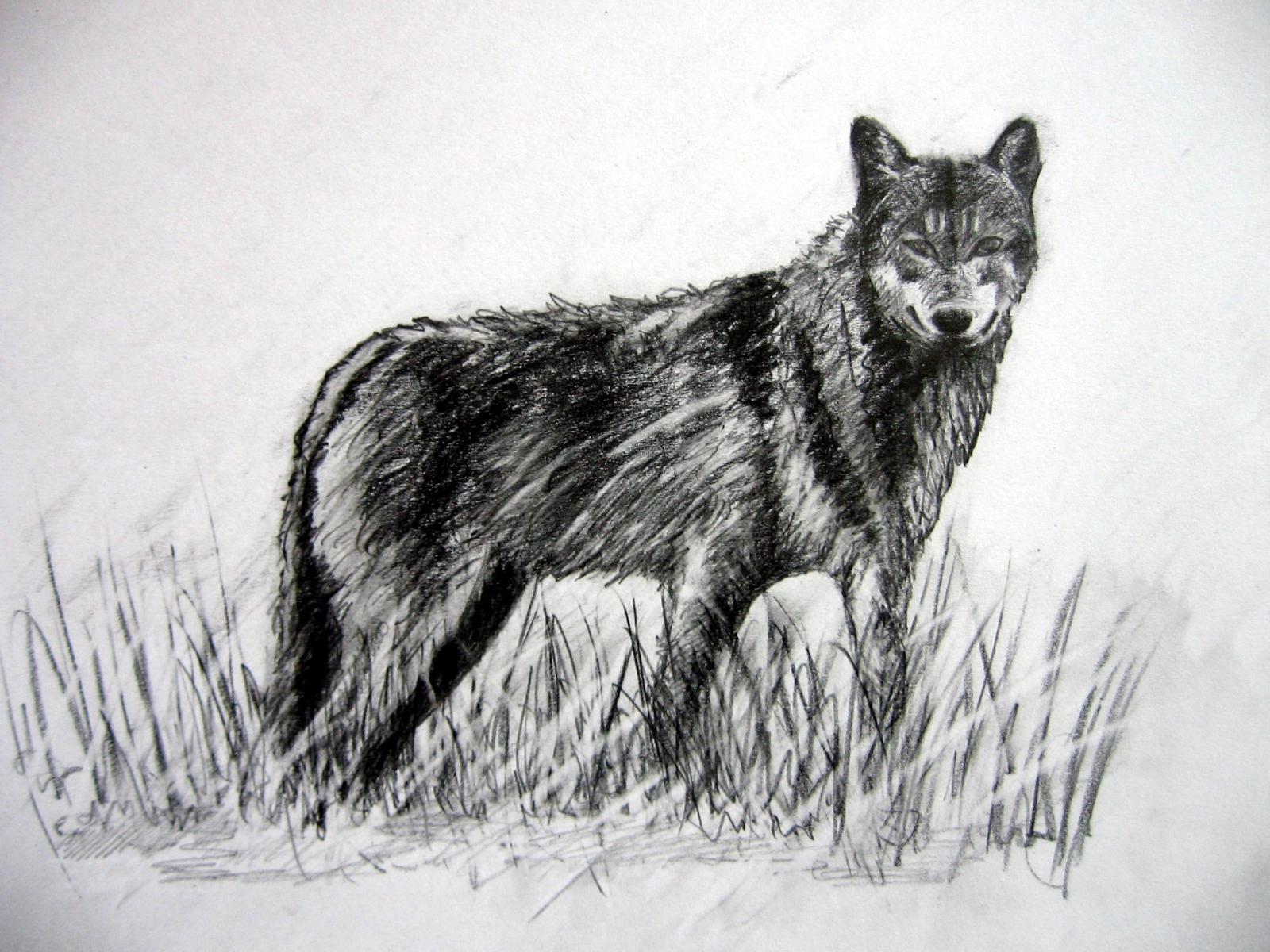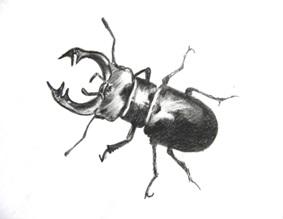 Asset Publisher
Asset Publisher
Polish hit
Polish products made of wood – furniture, window and door frames, yachts or paper and packages – these are real hits of the market.
Our country is the is the 10 largest producer of furniture and the 4 largest furniture exporter in the world. Wood industry sells abroad goods of its approximate value of 45 million zl annually, what constitutes 10 % of the whole Polish export. The measurement of the essential role of forestry and timber based sector in our management is that, it works out about 2 % of GDP (Gross Domestic Product). Not only it gives work to thousands of people, but it is also an engine of investment and of development of innovative technologies. From the beginning of transformation, it drew foreign capital of its value over 30 million zl.
Forest gives work
The State Forests belong to the leading group of employers in Poland. However, both forest and timber provide for workers with several thousand of Forestry Services Companies, which within the contract of mandate deal with, among others, planting trees and their nursing, wood logging and its transportation. And above all cooperate with people employed in several dozen thousand of companies creating wood and furniture industry and paper manufacture. Summing up, it gives as many as 375 thousand of Poles altogether. Statistically, every hundred inhabitant of our country works in the sector connected with forestry and wood processing.
Among private companies of forestry and timber based sector, there are also big companies with the share of foreign capital , and big and medium sized indigenous companies, but 9 of 10 companies in this sector are small plants employing less than 10 people. These are often family companies, cultivating multigenerational traditions connected with forestry and working in less developed regions of the country. There, forestry and wood industry, as well as agriculture constitute the basis of maintaining hundred thousand of families. As many as 600 % of all working places in the forest and wood based sector are located within rural areas.
Forest and wood based sector works out about 2 % of Polish GDP (Gross Domestic Product).
- 2 % of Polish GDP works out forest and wood based sector .
- Poland takes 4 place as the largest furniture exporter and 10 place as the largest producer of furniture.
- 50 % of paper and 9 of 10 pieces of furniture produced in Poland is exported abroad
- The value of annual export of Polish goods of wood and furniture industry and paper manufacture equals 45 billion zl (it is 10 % of the whole export).
- 30 billion zl , as direct foreign investments, have been drown since 1990 by Polish wood based sector (5,5 % of all).
- 100 kg of paper is used annually by statistic Pole (an average of UE is 160 kg, for USA – 230 kg).
Source: E. Ratajczak „Potencjał gospodarczy przemysłów opartych na drewnie i perspektywy ich rozwoju (Economic performance of wood – based industries and perspectives of their development)", GUS, Warszawa 2012.
 Asset Publisher
Asset Publisher
 Asset Publisher
Asset Publisher
Zwierzęta objęte ochroną
Zwierzęta objęte ochroną
Z terytorium nadleśnictwa podaje się występowanie 224 chronionych lub zagrożonych gatunków zwierząt,z których 163 stanowią ptaki, 26 – ssaki,17 – płazy i gady, 11 – bezkręgowce, 7 – ryby.
Wilk Canis lapus (kod 1352)
Rys. P.Jakubanis
Gatunek priorytetowy występujący na terenie całych Borów Dolnośląskich. Wielkość terytorium jednej watahy wilczej w warunkach Polski wynosi od 150 do 300 km2 i zależy od zagęszczenia ofiar. Konieczna staje się więc likwidacja barier migracji, którymi są m.in.autostardy.
Konwencja Berneńska – Załącznik II
Konwencja Waszyngtońska – Załącznik II
Rozp. Rady (WE) 338/97 – Załącznik A
Dyrektywa Siedliskowa – Załącznik II i IV
Prawo krajowe:
ochrona gatunkowa w Polsce – ochrona Ścisła (2)
ochrona strefowa – strefa ochrony okresowej 500 mod nory (1.04–15.07).
Rozporządzenie Ministra Środowiska z dnia 28 września 2004 r.w sprawie gatunków dziko występujących zwierząt
objętych ochroną. Dz. U. Nr 220 poz. 2237.
Z punktu widzenia dziedzictwa przyrodniczego na Polsce spoczywa szczególna odpowiedzialność, ponieważ jest ona jednym z nielicznych krajów Europy, gdzie zachowały się żywotne populacje wilka. Ze względu na swe geograficzne położenie Polska stanowi łącznik między obszarami leśnymi wschodniej Europy, gdzie występują zwarte i liczne populacje tego drapieżnika, a kompleksami leśnymi Europy Zachodniej, gdzie są one od dawna wytępione. Polska jest ważnym ogniwem w procesie restytucji wilka na kontynencie europejskim.
BIELIK Haliaeetus abicilla
Na gruntach w zarządzie nadleśnictwa została zniesiona strefa ochrony ostoi, miejsc rozrodu i regularnego przebywania bielika Haliaeetus albicilla (decyzja RDOŚ-.WPN.5442.15.2016.M.K z dnia 30 czerwca 2016 r.). Nowa strefa dla Bielik została powołana w 2021 r. Decyzją Regionalnego Dyrektora Ochrony Środowiska we Wrocławiu WPN.6442.14.2020.MK.2 z dnia 1 czerwca 2021r.
KANIA RUDA Milvus milvus
Na gruntach w zarządzie nadleśnictwa została powołana strefa ochrony ostoi, miejsc rozrodu i regularnego przebywania Kani rudej Milvus milvus (decyzja RDOŚ-.WPN.6442.3.2015..M.K z dnia 02 czerwca 2015 r.).
W 2022r. powołano 3 nowe strefy na podstawie Decyzji Regionalnego Dyrektora Ochrony Środowiska we Wrocławiu:
WPN.6442.26.2021.MK.2 z dnia 20 lipca 2022r.
WPN.6442.25.2021.MK.2 z dnia 20 lipca 2022r.
WPN.6442.17.2022 z dnia 22 lipca 2022r.
CHRONIONE OWADY
W obszarze Natura 2000 - Dąbrowy Kliczkowskie w jednym z najcenniejszych w Borach Dolnośląskich fragmentów kwaśnych dąbrów i drzewostanów sosnowo-dębowych występuje bogata fauna bezkręgowców. Spotkać tu można m.in. Jelonka rogacza Lucanus cervus i Pachnicę dębową Osmoderma eremita.


